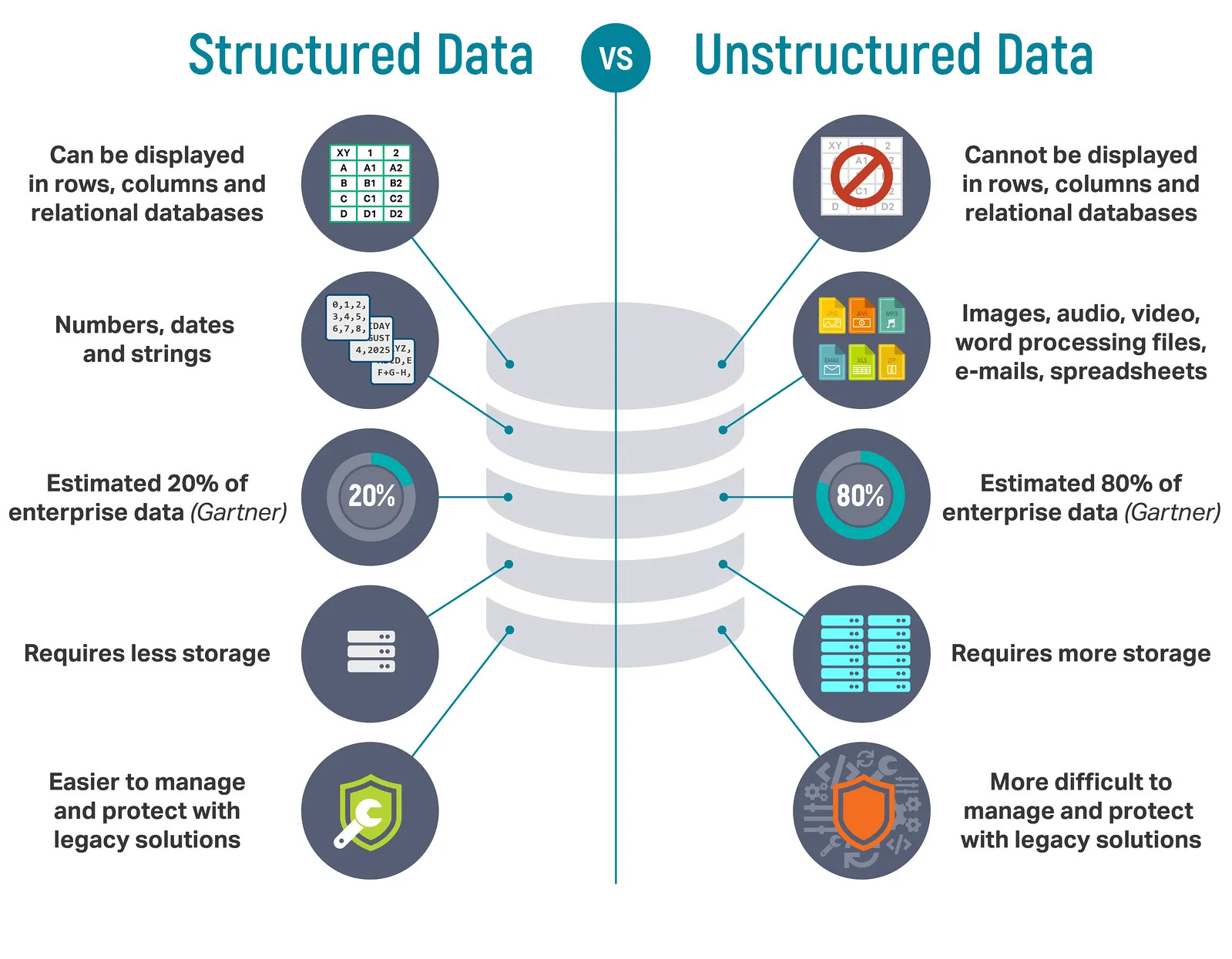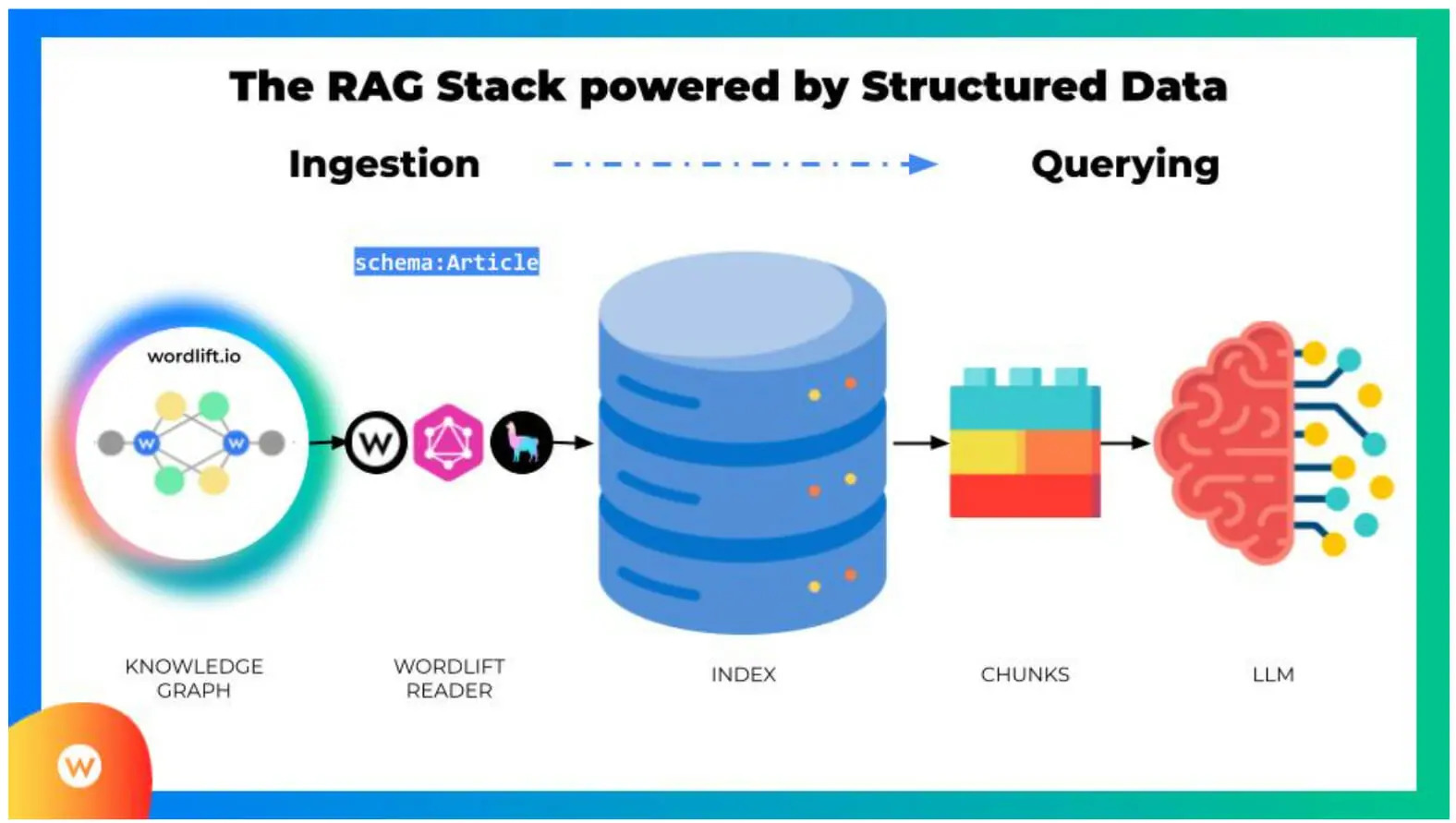Structured data is like a secret language that websites can use to talk more clearly to search engines like Google. Imagine you’re trying to explain what’s in a photo to someone who can not see it. You need to be very clear and detailed about what the photo shows. Structured data works similarly by giving detailed information about a website’s content in a way that search engines can easily understand. This helps search engines know exactly what’s on a web page from articles and products to events and recipes making it easier for them to show these pages in search results when people are looking for that kind of information.
The role of structured data in on-page SEO (Search Engine Optimization) is becoming more important as the internet grows and search engines get better at helping users find exactly what they’re looking for. Using structured data helps make web pages stand out in search results not just by making them appear in regular listings but also in special formats like rich snippets which can show image ratings or even prices right in the search results. This not only helps websites attract more visitors but also makes it easier for people to find the information they need. So understanding and using structured data is a key step for anyone wanting to improve their website’s visibility and effectiveness online.
Table of Contents
What Is Structured Data?

Structured data is a special way of organizing information on websites so that search engines like Google can understand it better. Think of it as putting labels on your website’s content telling search engines exactly what each piece of information means. For example, if you have information about a recipe on your website structured data helps you tell the search engine the ingredients cooking time, and even the calories in that recipe. This is done by adding a specific code to your website that follows a set of rules search engines recognize. It’s like giving search engines a map of your site’s content making it easier for them to display your website in search results when people are looking for related information.
Using structured data is important because it can help your website stand out in search results. When search engines understand your content better they can create rich snippets—those detailed pieces of information like star rating prices or author names that you see under some search results. These snippets can make your website more attractive to people searching online potentially increasing how often people click on your link. In simple terms, structured data helps search engines show off your content to users in the best possible way making it more likely that people will find and visit your website.
Why Is Structured Data Important for On Page SEO?

Structured data is super important for on-page SEO which is all about making your website as friendly and understandable to search engines as possible. Here’s why structured data is a game-changer
First, it acts like a highlighter for your website’s content making it easier for search engines to see what your pages are about. By using structured data you’re helping search engines read and classify your content more accurately. This can lead to better matching with what people are searching for which means your website could show up more often in search results.
Second structured data can make your search results look better. Have you ever seen search results with star ratings pictures or prices right underneath the website link? That’s all thanks to structured data. These enhanced descriptions known as rich snippets can make your website stand out in a sea of search results and encourage more clicks. Think of it as adding a flashy sign to your store on a busy street it draws more attention and brings in more visitors.
In short structured data is a powerful tool for improving how search engines understand and display your website which can lead to better visibility more clicks and ultimately more visitors to your site.
How to Implement Structured Data on Your Website

Implementing structured data might seem daunting but it can be broken down into manageable steps:
Identify the Most Relevant Schema
Identifying the most relevant schema for your website means picking the right structured data that matches your content. Schema is like a blueprint that tells search engines exactly what kind of information you’re showing on your website whether it’s about a recipe a product an event or something else. It’s important to choose the right schema because it helps search engines understand and display your content in the best way possible.
Here is how you can pick the right schema
Look at Your Content What kind of information are you sharing on your website? If you’re sharing recipes there’s a schema specifically for recipes. If you’re selling products there’s a schema for that. There are many schema types for different kinds of content like books movies events and more.
Use Schema.org This website is like a big library of all the schemas you can use. Go to Schema.org and search for the type of content you have on your site. You’ll find detailed instructions on what properties to include like the title of a book the author or the cooking time for a recipe.
By choosing the most relevant schema you’re making it easier for search engines to understand your content and show it to people who are searching for that kind of information. This can help your website appear more prominently in search results making it more likely that people will click through to your site.
Use Tools to Generate Structured Data
Using tools to generate structured data makes the process much easier even if you’re not a coding expert. These tools are like wizards that guide you through the steps of creating structured data without needing to write any complicated code yourself. One popular tool is Google’s Structured Data Markup Helper. It’s user-friendly and walks you through the process in a simple way. All you have to do is paste in the URL of the webpage you want to mark up and then you highlight different elements on the page like the title author or date. The tool then generates the structured data code for you in JSON LD format which is the preferred format for search engines like Google. Once you have the code you can easily add it to your website’s HTML to start reaping the benefits of structured data. These tools make it accessible for anyone to leverage the power of structured data even if you’re not a technical whiz.
Add the Structured Data to Your Website
Once you’ve got your structured data code ready adding it to your website is the next step. If you’re using a website builder or a content management system (CMS) like WordPress this can be pretty simple. Many CMS platforms have plugins or built-in features that let you add custom code to your pages. For example, if you’re using WordPress plugins like Yoast SEO can help you manage and insert structured data without needing to mess with the site’s core code. All you need to do is find the right spot in your CMS or plugin to paste the structured data code. Usually, you’ll be looking to add this code in the header section of your webpage or directly into the HTML of the page if the data is specific to certain content.
For those who do not use a CMS or prefer to do things manually, you’ll need to edit the HTML of your web pages directly. This involves pasting the JSON LD structured data code into the <head> section of your HTML document which is towards the top of the code before the <body> tag. It’s like telling search engines Hey here’s some important info about this page! right when they start looking at it. After adding the code it’s super important to check that everything’s set up correctly. You can use Google’s Rich Results Test tool to see if your structured data is working as it should. This step makes sure that search engines can understand the extra details you’ve added helping your site show up better in search results.
Test Your Structured Data
After adding structured data to your website testing it is crucial to ensure it’s correctly implemented and can be understood by search engines. Google’s Rich Results Test tool is a fantastic resource for this. By simply entering the URL of the page you’ve added structured data to this tool checks if the structured data is correctly formatted and identifies any errors or warnings. This step is essential because even small mistakes in your structured data can prevent search engines from properly displaying rich results for your site which could mean missing out on valuable traffic. Testing helps you catch and fix these issues ensuring that your efforts to improve your site’s SEO with structured data pay off.
The Future of Structured Data in On Page SEO
Structured data plays a vital role in enhancing on-page SEO by making it easier for search engines to understand and display the content of your website. By carefully organizing and labeling your website’s information using schemas you can guide search engines more accurately leading to better visibility in search results. Tools and resources are readily available to help you generate and implement this structured data even if you’re not a tech expert. Remember the key steps involve choosing the right schema using tools to generate the structured data code adding it to your website correctly and then testing to ensure everything is set up properly. Embracing structured data not only boosts your SEO efforts but also enhances the user experience by providing richer more informative search results. As the internet continues to evolve the importance of structured data in on-page SEO is only set to increase making it an essential element for any website looking to improve its online presence.
Usama Shahid is a really good writer at Best SEO zone. He always makes interesting content that people enjoy reading. He works hard to create unique and high-quality content that connects well with readers. Usama writes about different things like technology, marketing, and SEO, explaining them in a way that’s easy to understand.




